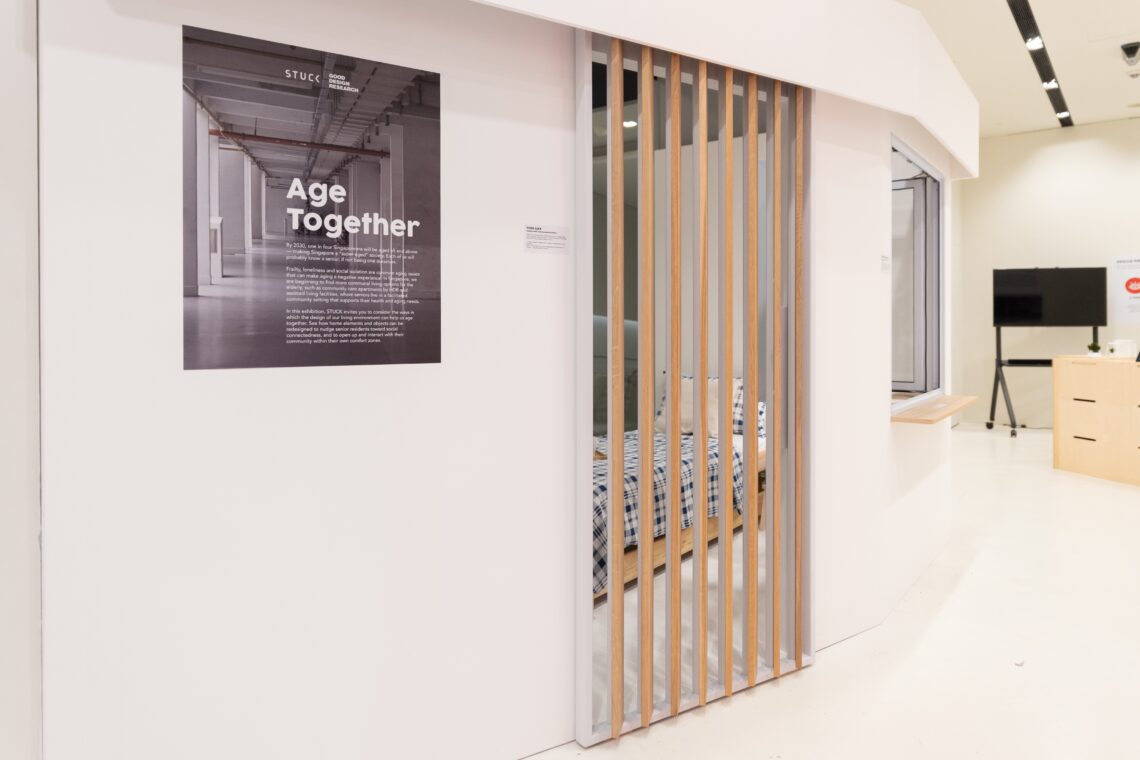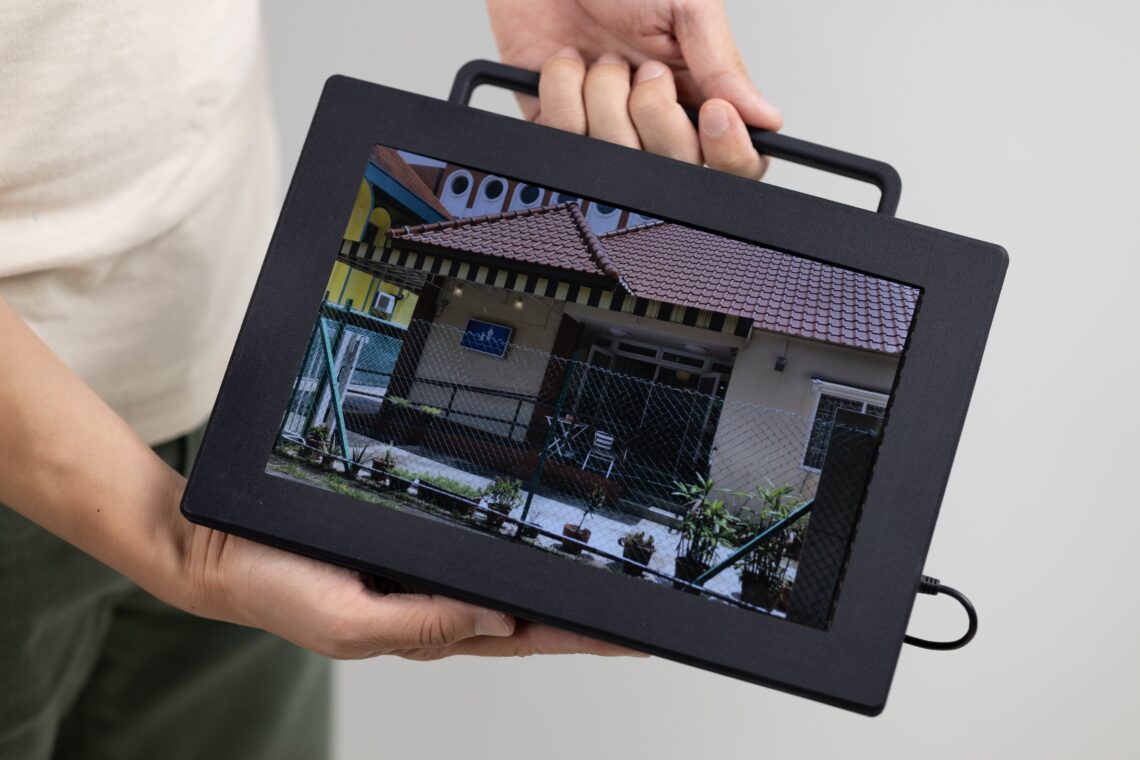Growing old without the loneliness
STUCK Design explores how design can empower seniors to grow old in more rewarding and independent ways.
An elderly lady who lives alone keeps her front door ajar so her neighbours can help in case of an emergency while still maintaining her privacy. An elderly man gives a friend a missed call daily to indicate that he is well without having to make conversations.
These are the ways many seniors wish to be looked out for without the need to be constantly engaged.

This was a key insight uncovered by design consultancy STUCK as part of their research into tackling social isolation among seniors for the Good Design Research (GDR) initiative. While socialising is beneficial to one’s wellbeing, designer Yong Jieyu and his team learnt through interviews with gerontologists, eldercare providers and seniors themselves that many also desire some time alone.
“We realised from talking to seniors that they have their own solutions,” he says. “They don’t need to always have heavy interactions and you need to give them a choice.”
So STUCK Design mapped a spectrum of social engagements for seniors. It begins from “a peek” and grows in intensity to “light interactions” and, finally, “routines”. They can serve as a set of principles for designing social connectedness, be it in architecture, products or even services. For their project, Jieyu and his team used them to conceptualise three solutions for assisted living facilities that STUCK Design has long been interested in.

The first is for doors with adjustable louvres so that residents can allow others to peek into their spaces if they choose to. Another is to add ledges or even a planter along windows facing the hallway to encourage light interactions among residents, such as a serendipitous chat or even gardening together. A third solution is a digital photo frame for residents to easily carry along during their daily routines, allowing them to revisit cherished moments and even share with others.

When they prototyped the digital photo frame at an elderly facility during the pandemic, the team was delighted to learn how seniors actually used it to socialise with one another. They were also surprised that facility operators suggested displaying uplifting messages instead of photos for some seniors who may feel more homesick if they saw images of their loved ones.
“It is important to be sensitive about each senior’s situation. There is no one size fits all solution,” says Koh Wei Eng, who was part of the design team. “You cannot generalise when it comes to design for seniors.”
STUCK Design hopes their GDR project can spark more conversations about the design of living environments for the elderly, especially of assisted living facilities which are relatively new in Singapore.
The team is looking to see how their prototypes could be incorporated into living arrangements following this project. “I believe assisted living facilities are an important type of living arrangement for elderly in the future as they fill the gap between one’s home and a nursing home,” says Jieyu. “Looking into these facilities from a design research perspective is a direct call to more designers to explore this pressing topic of ageing.”






